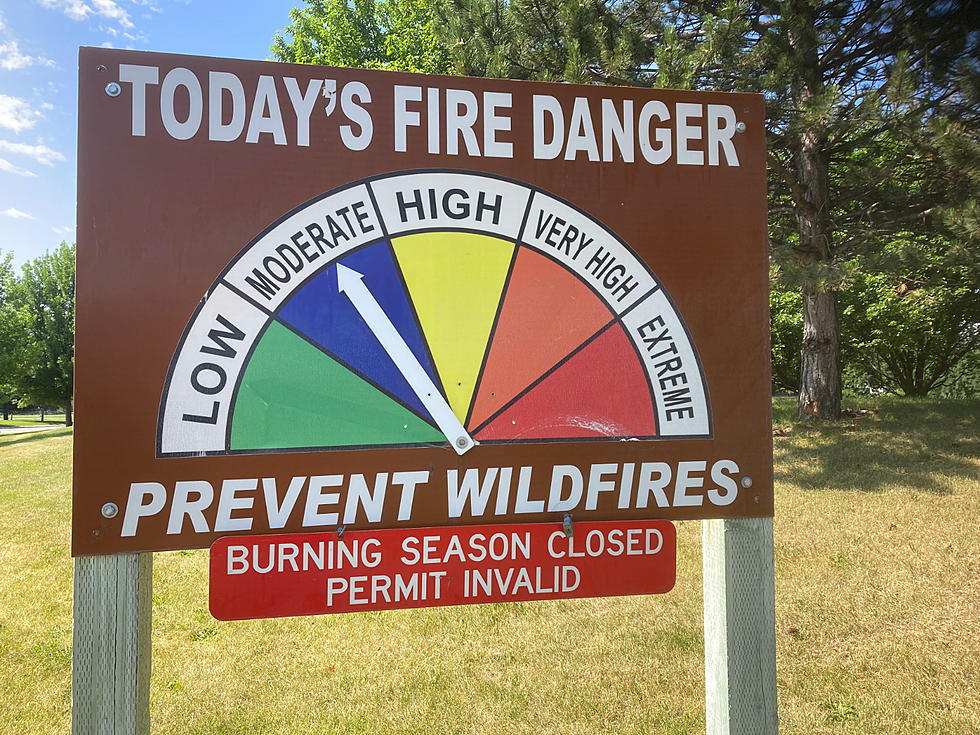
Fuel-Break Projects Proliferate in Northern National Forests
Laura Lundquist
(Missoula Current) The Northern Region of the U.S. Forest Service is using new authority and funding to propose logging projects across seven national forests in Montana and Idaho, but some see it as another way to shortcut public involvement.
On Friday, Region 1 of the U.S. Forest Service announced it was proposing several projects that would cut shaded fuel breaks through the forest as part of fire-suppression tactics authorized by the Forest Service Wildfire Crisis Strategy.
When trying to control a wildfire, firefighters cut trees and clear vegetation to create fuel breaks and firelines in strategic areas. If fire conditions aren’t critical, wildfires tend to stop at such firelines. But the Forest Service claims it would be better to create such features before a fire starts so that’s what shaded fuel breaks are intended to be.
“The proposed fuel breaks projects are being undertaken as a proactive step forward that aims at increasing firefighter chances of success in controlling wildfires that pose a threat to communities,” said Leanne Marten, Region 1 Regional Forester in a release.
Over the past few weeks, the national forests have announced a slew of projects where treatments can include anything from commercial logging to limbing and brushing.
On Sept. 7, the Flathead National Forest proposed the Ashley Lake, Good Creek, and Lion Hill fuel breaks located on the Tally Lake and Hungry Horse Ranger Districts. Treatments totaling almost 1,800 acres would include thinning the understory along roads while leaving larger, mature trees intact. Each fuel break may have a maximum width of 1,000 feet.
On Sept. 5, the Beaverhead Deerlodge National Forest proposed the Buttermilk and Basin Cataract Fuel Break Project, which would create a 1,426-acre fuel break adjacent to roads in the North Fork Little Boulder River, Basin Creek, and Cataract Creek areas and the nearby communities of Basin and Boulder. In addition to mechanical thinning of smaller trees and vegetation, commercial size trees may also be felled and removed.
The Beaverhead Deerlodge Forest also proposed the Georgetown Project, which would create a 2,610-acre fuel break adjacent to 34 miles of road in the Middle Fork of Rock Creek, East Fork Reservoir, Georgetown Lake, and Silver Lake areas and the nearby community of Georgetown.
Finally, the Rye Creek Project would create an 1,886-acre fuel break adjacent to roads in the Rye Creek area. All three would be somewhat near the communities of Grantsdale, Ward, Charlos Heights, Como, Darby, Conner and Sula.
These are just a few of the projects proposed across the region under a new authority similar to a categorical exclusion that limits public input. Each project has a 14-day scoping period after which no comments are accepted.
The Forest Service announcement on Friday said fuel breaks helped aid firefighter suppression tactics on the Midnight Fire on the Nez Perce-Clearwater Forest, as well as the Ridge Fire on the Flathead National Forest. However, neither fire threatened any communities.
The Ridge Fire on the Flathead National Forest threatened mainly recreational opportunities, burning about 3,600 acres of public land off the northeast end of Hungry Horse Reservoir. The Forest Service closed the reservoir to recreation until early September. The Midnight Fire burned only 180 acres deep in the Clearwater Mountains east of Grangeville, Idaho.
Groups like the Alliance for the Wild Rockies have sent comments opposing the clearing of vast swaths of land. Depending on location, a clearcut one-fifth of a mile wide can fragment wildlife habitat and make it harder for wildlife to move safely.
Fuel breaks can help firefighters hold a fire unless the fire danger is high. That’s when high winds can easily blow firebrands across roads and fire lines to ignite the dry forest beyond.

“The only place they really work is right next to houses,” said Mike Garrity, Alliance for the Wild Rockies executive director. “A fuel break is essentially just a clearcut. (The Forest Service) have all this extra money now, so what do bureaucrats do – they want to spend it.”
Fuel break projects can be expensive. In 2019, California spent more than $30 million carrying out 35 fuel break projects. In 2022, as part of the U.S. Inflation Reduction Act, Congress allocated $5 billion in additional funding to the Forest Service for fuels and forest treatments to protect communities from wildfire.
Some say that if the government really wants to protect communities and houses, the money is better spent creating defensible space around buildings and hardening the structures so they don’t burn as easily.
Created in January 2022, the 10-year Wildfire Crisis Strategy identified 250 High Risk Firesheds where the Forest Service plans to log and burn 20 million acres on public land to reduce the risk of wildfire to communities using funding provided by the Bipartisan Infrastructure Law and Inflation Reduction Act.
According to a January 2022 U.S. Department of Agriculture announcement, the strategy will increase the amount of logging and burning “by up to four times current treatment levels in the West.”
Looking Back at One of Montana's Most Explosive Fires
More From Newstalk KGVO 1290 AM & 98.3 FM









